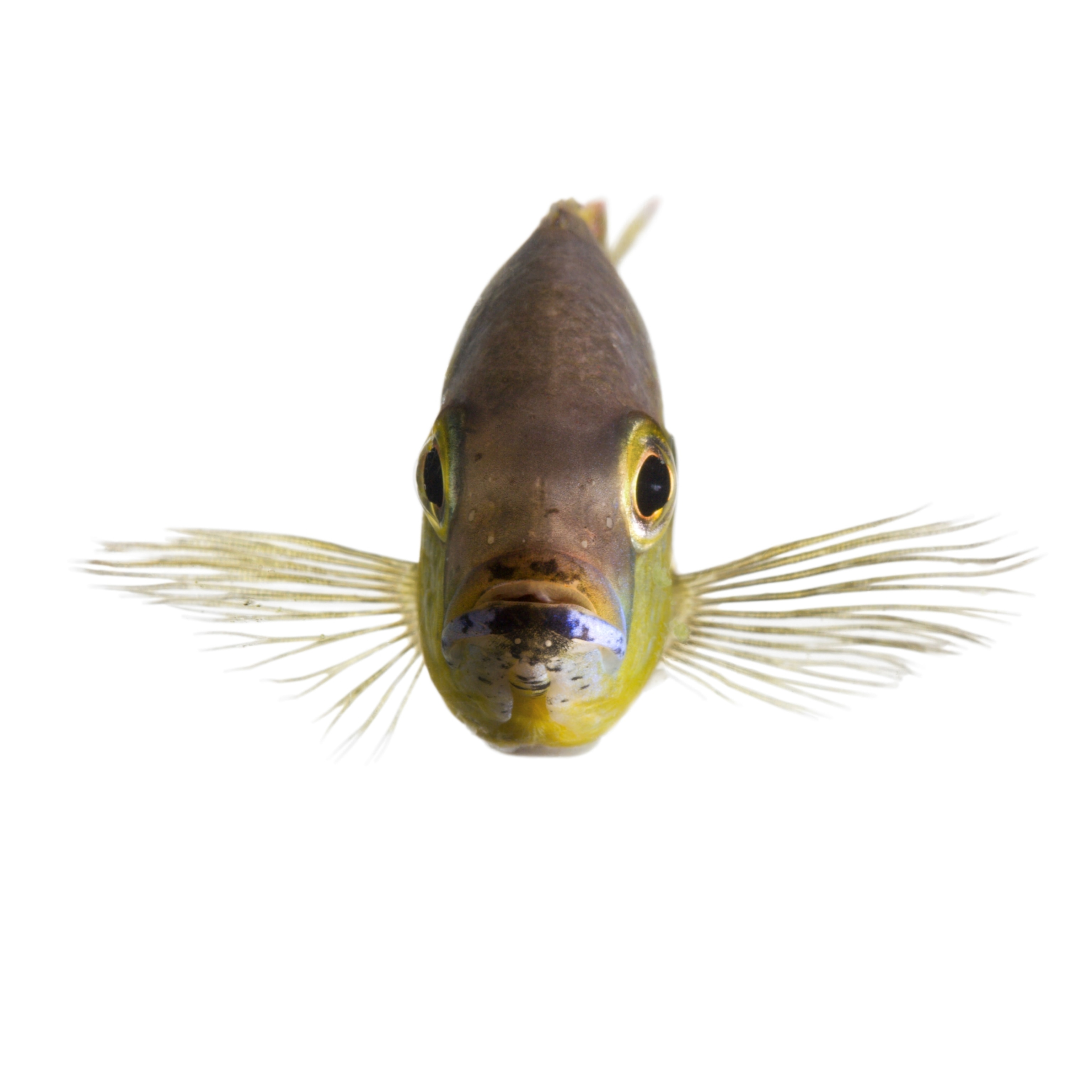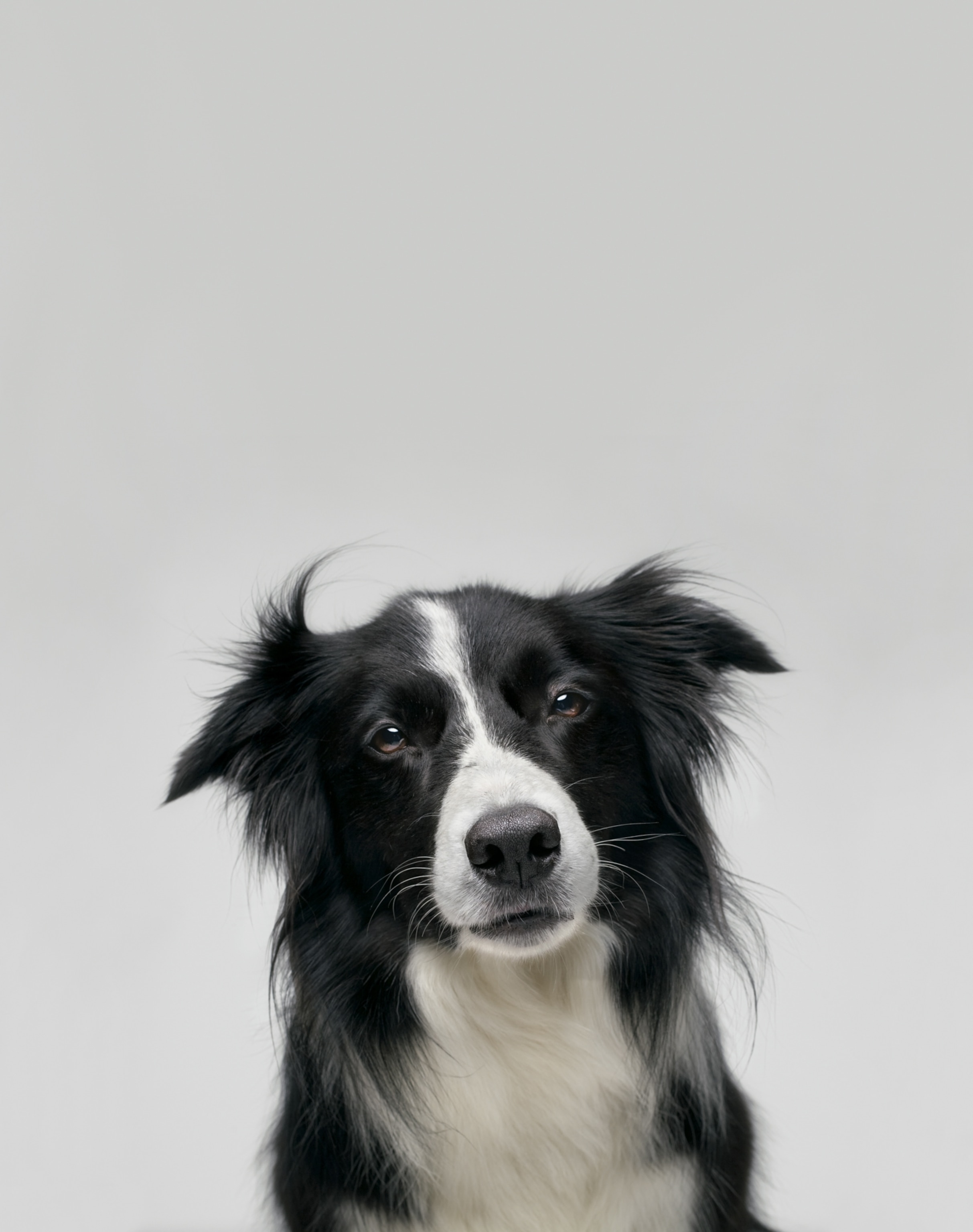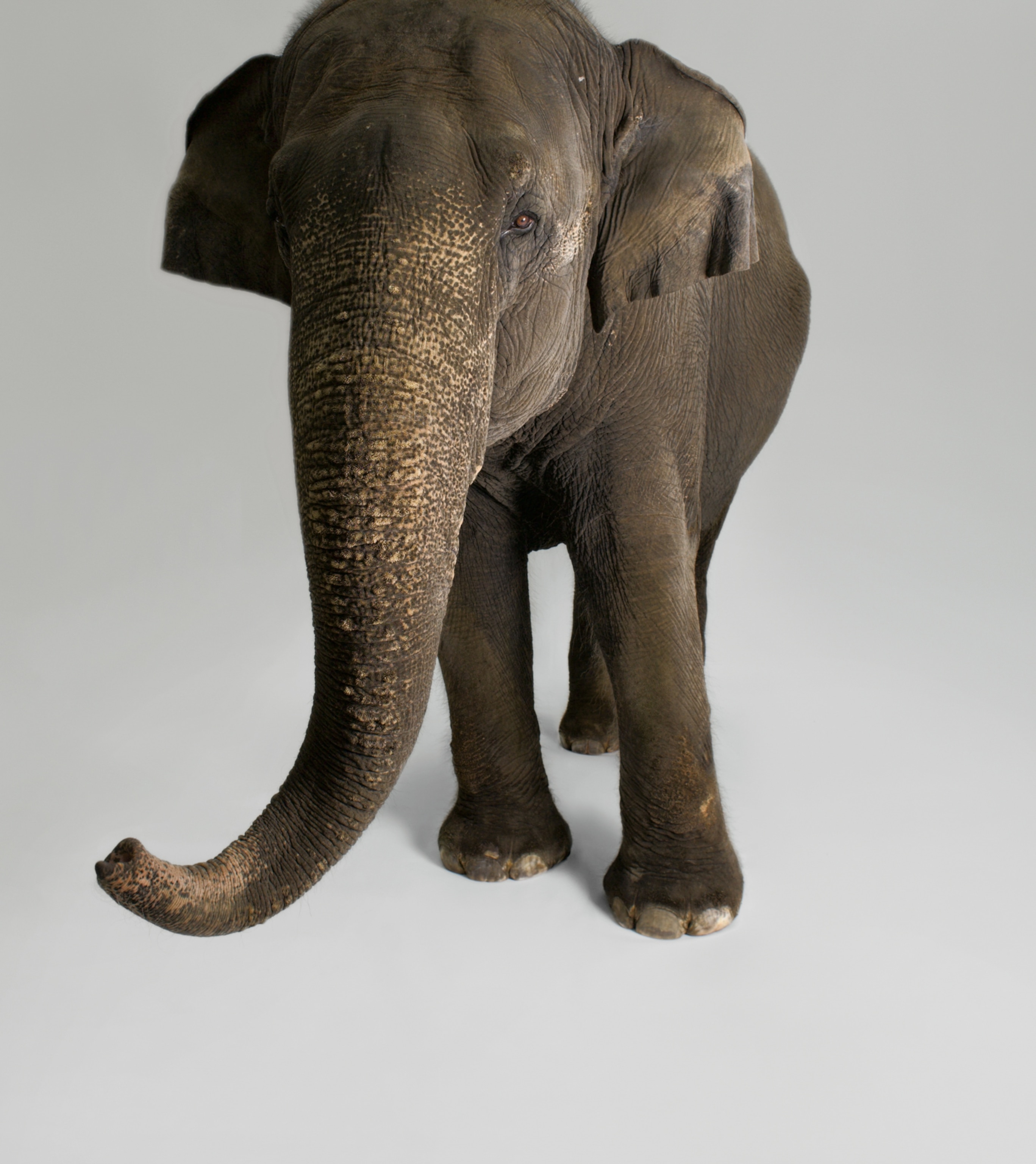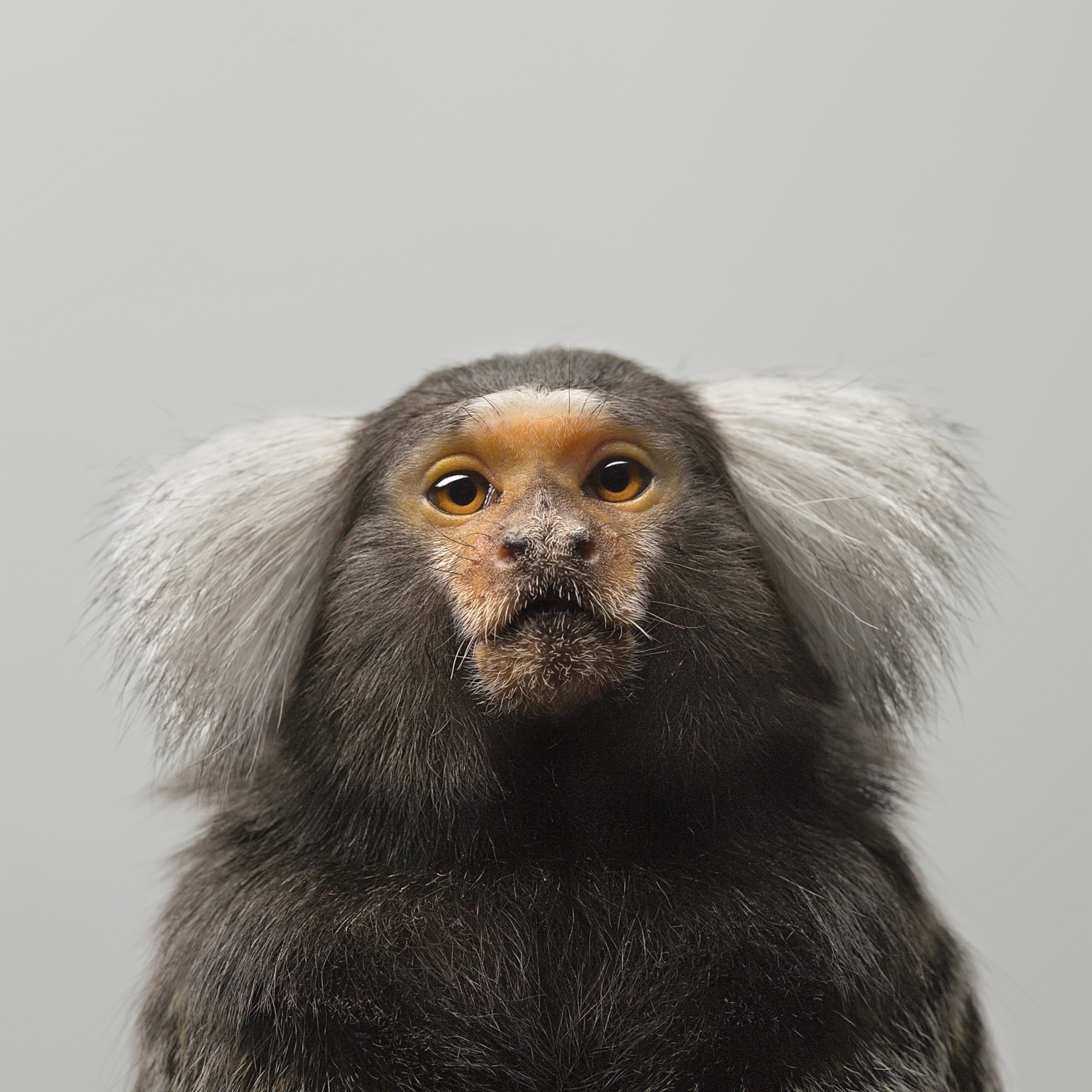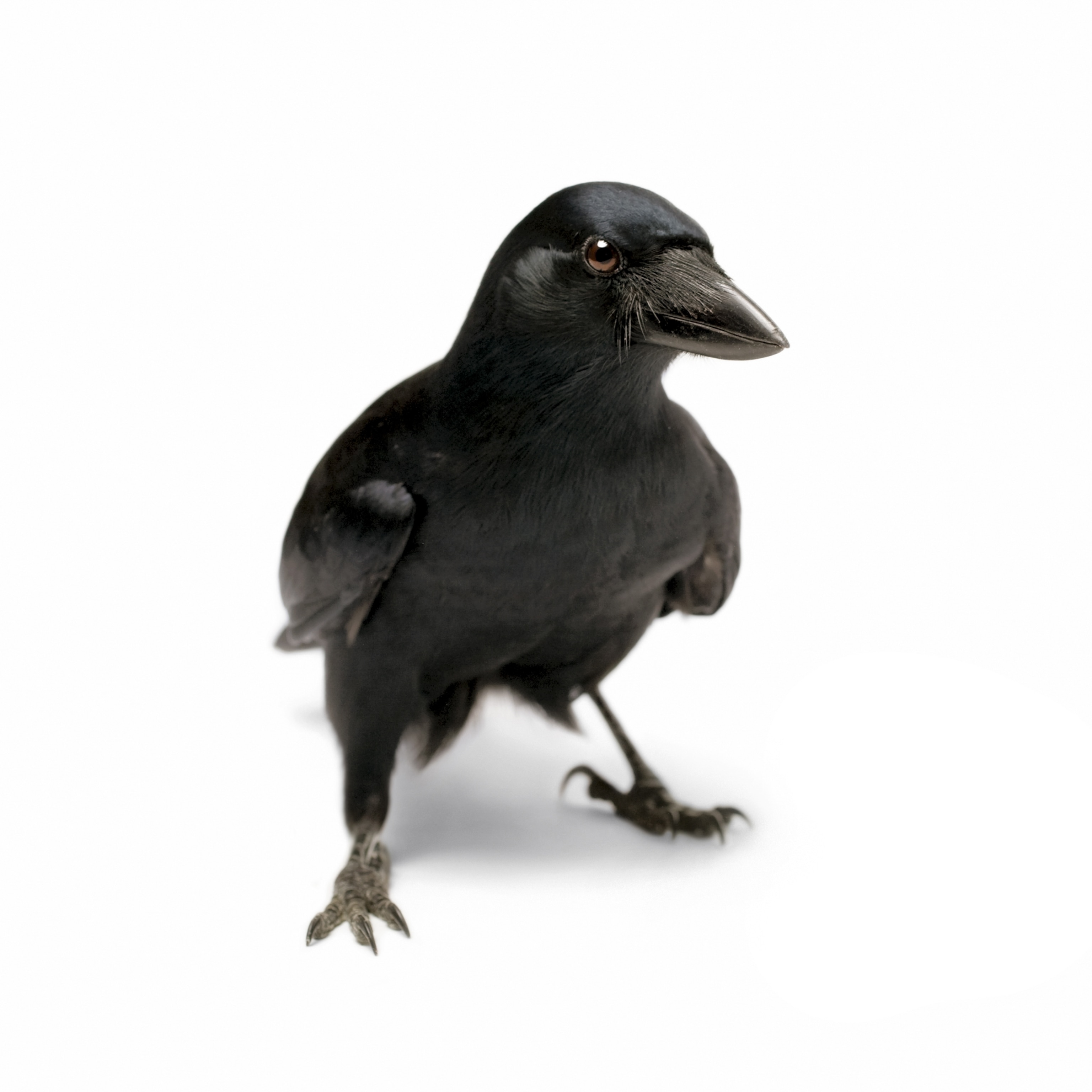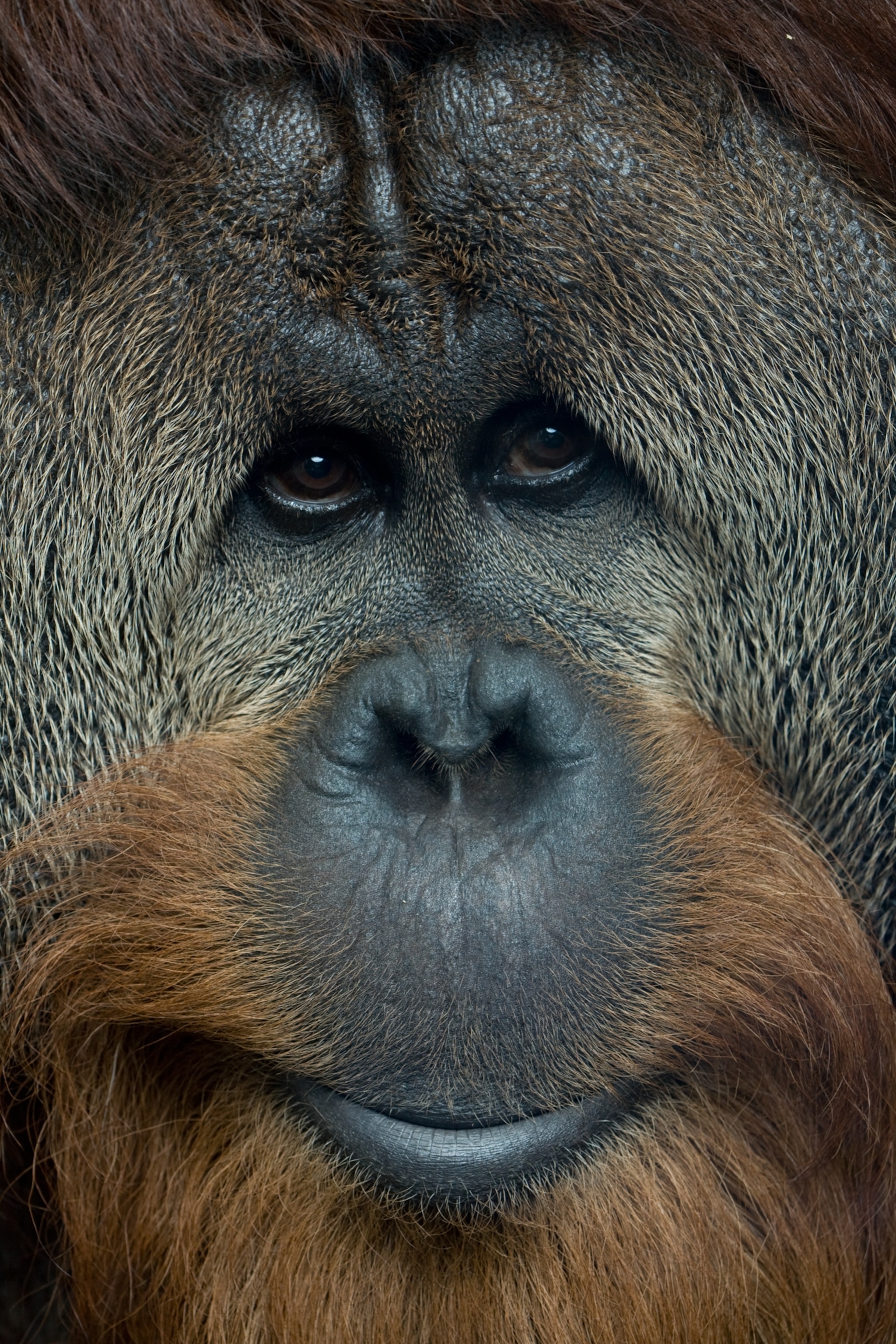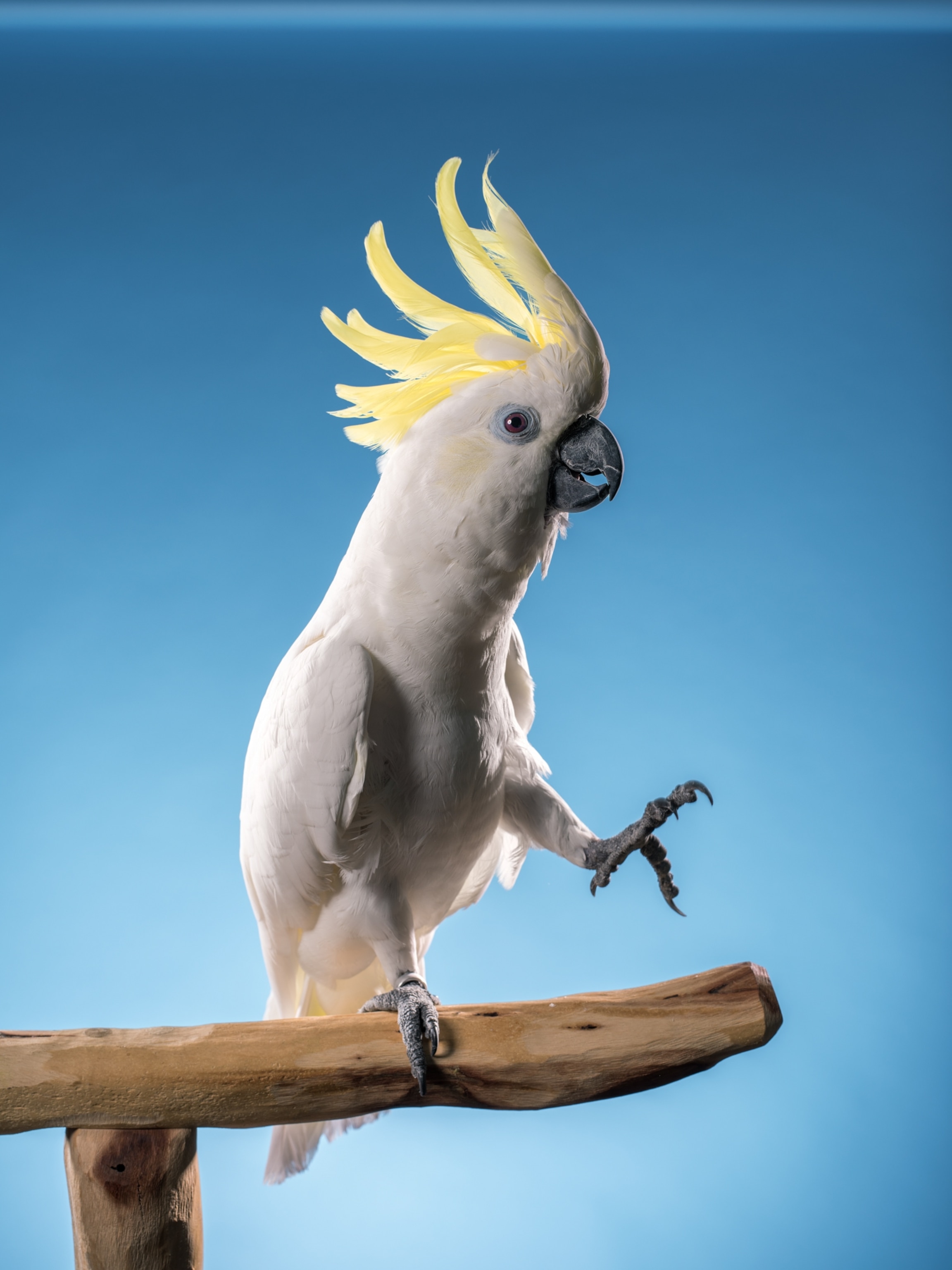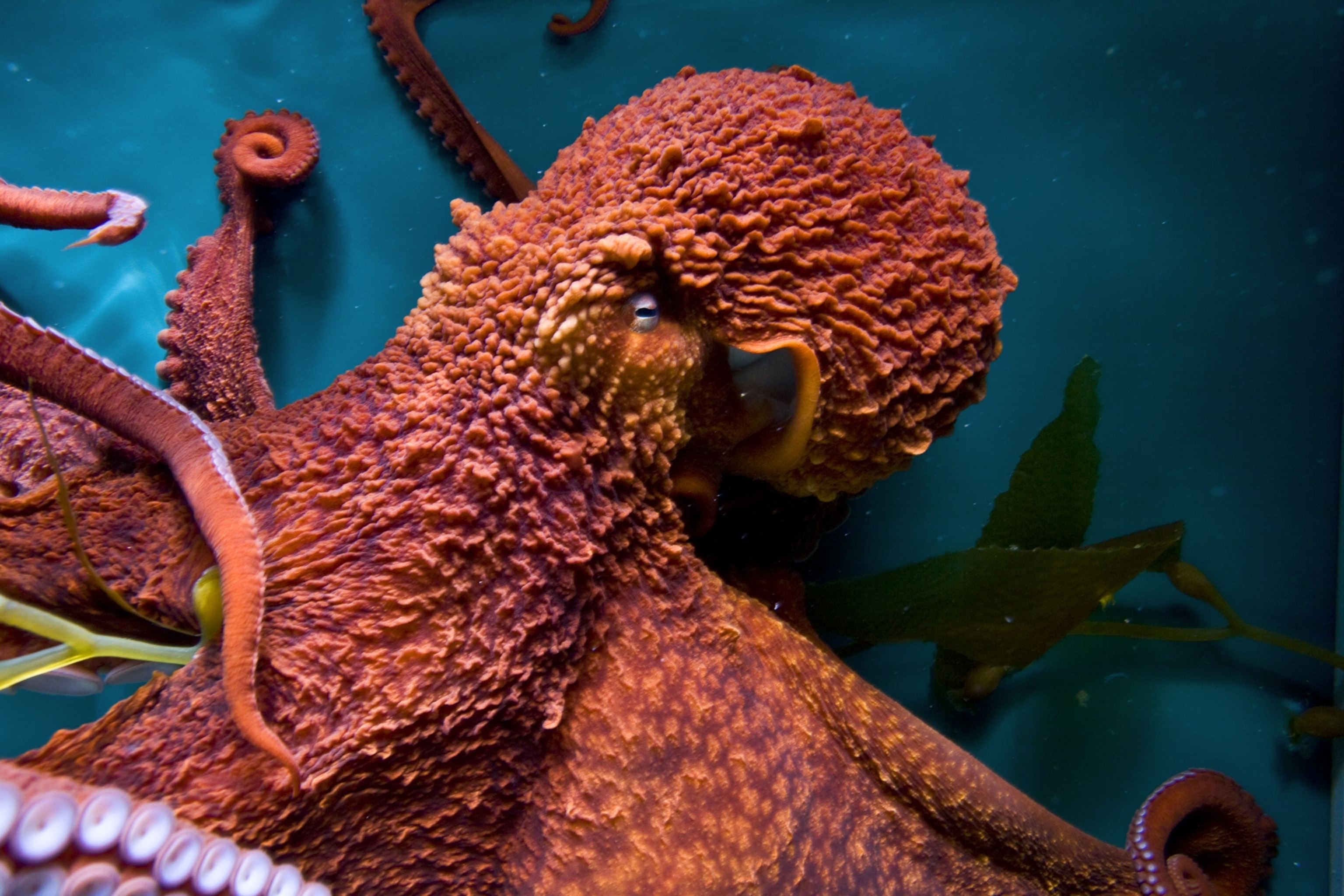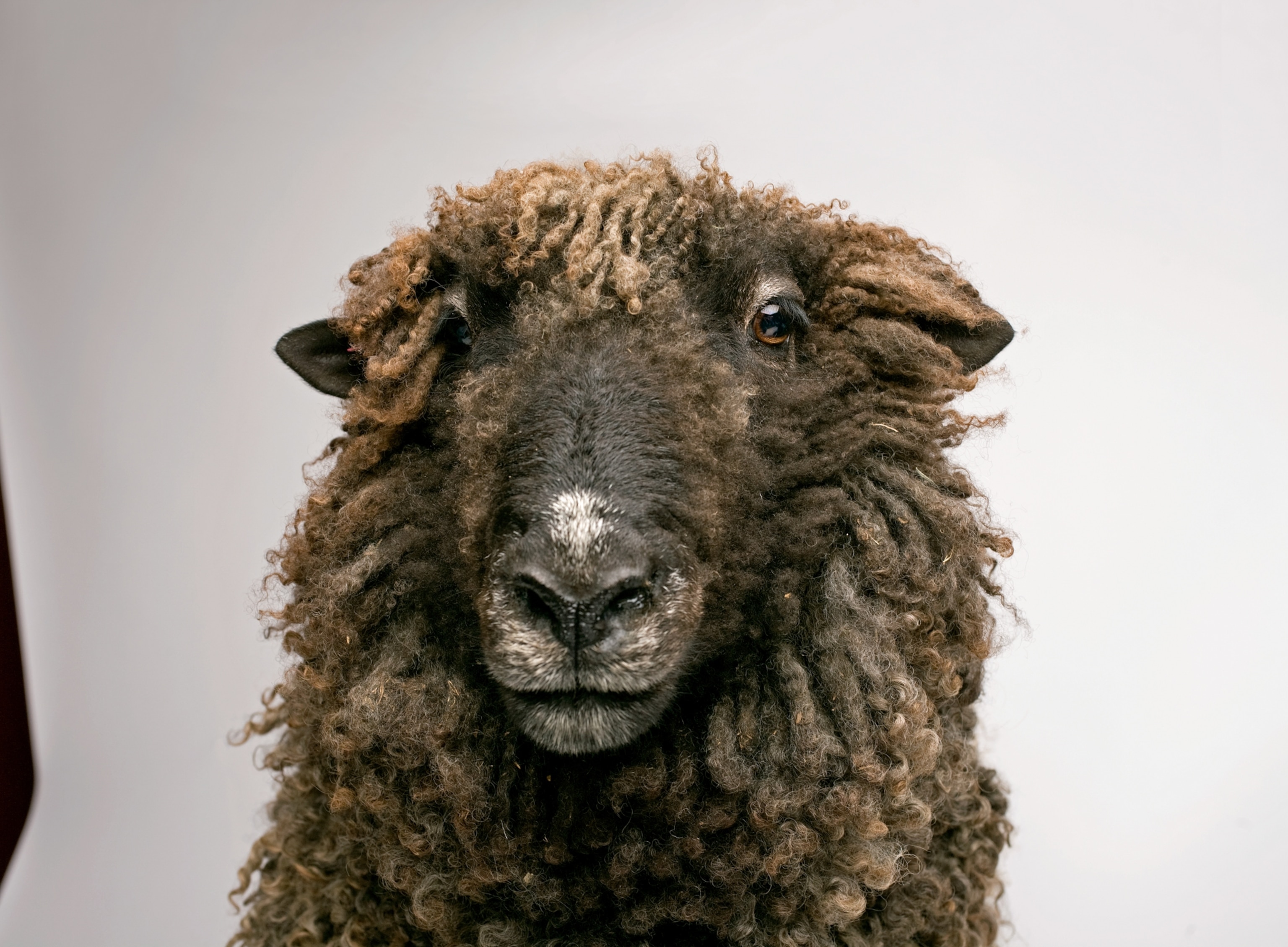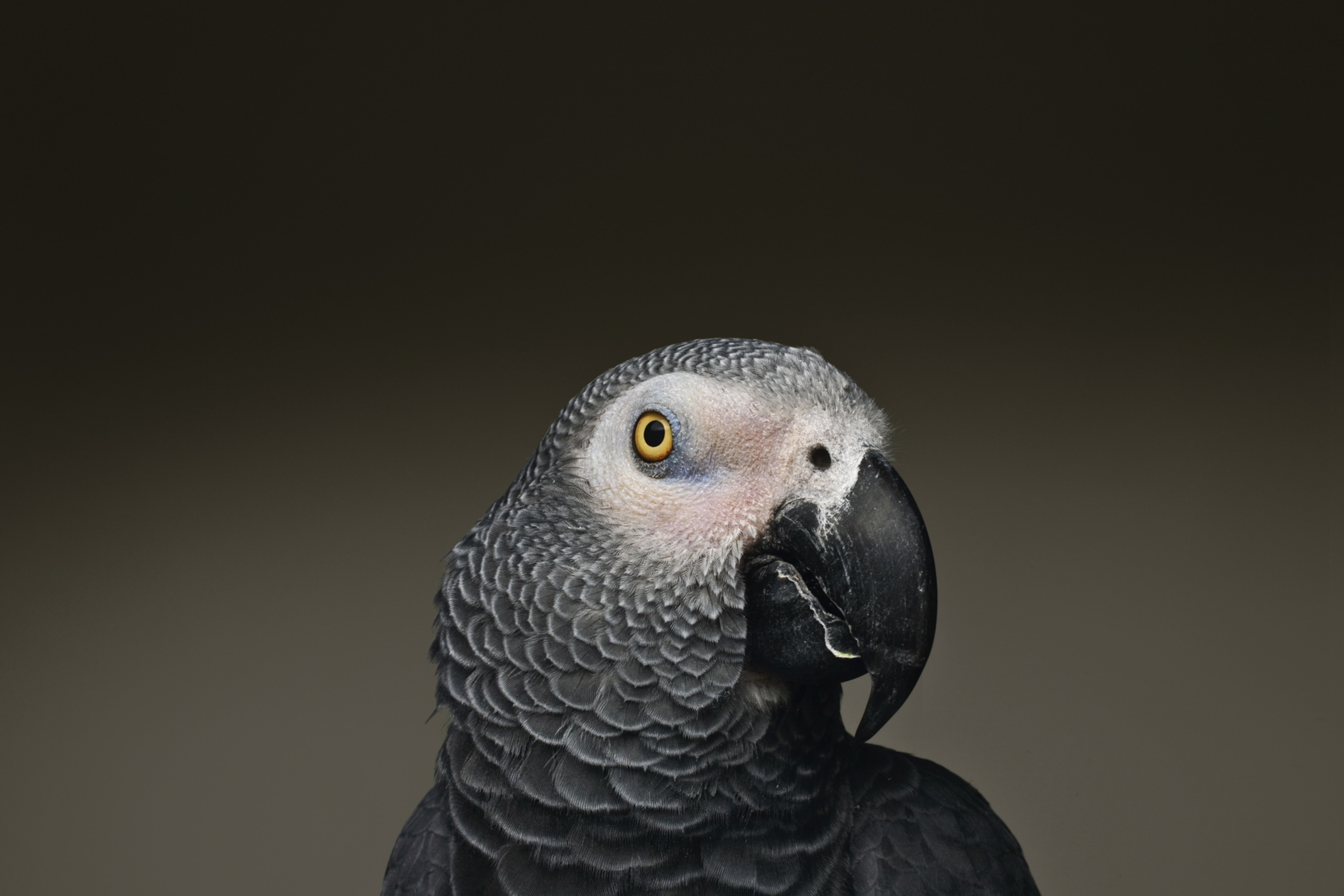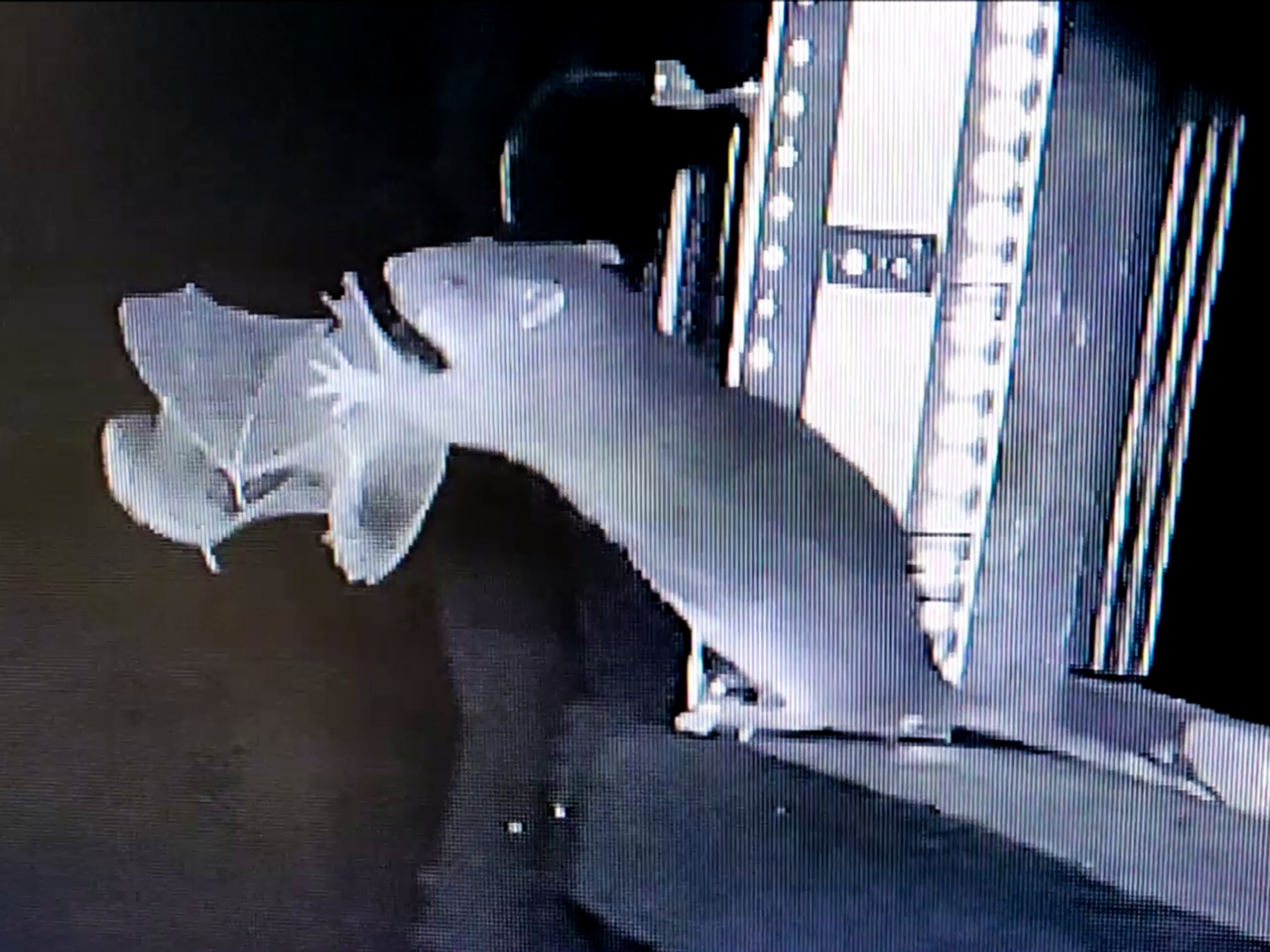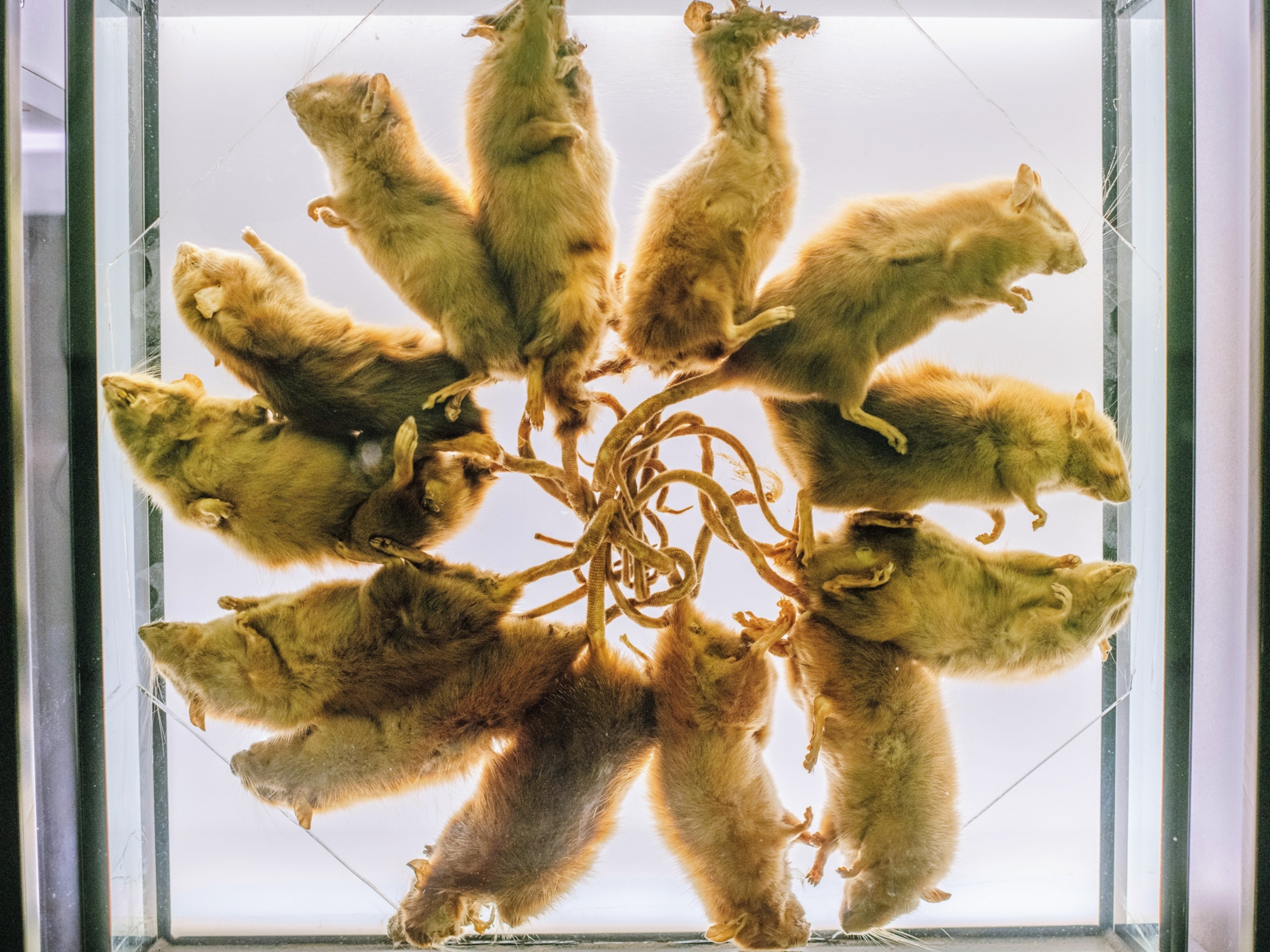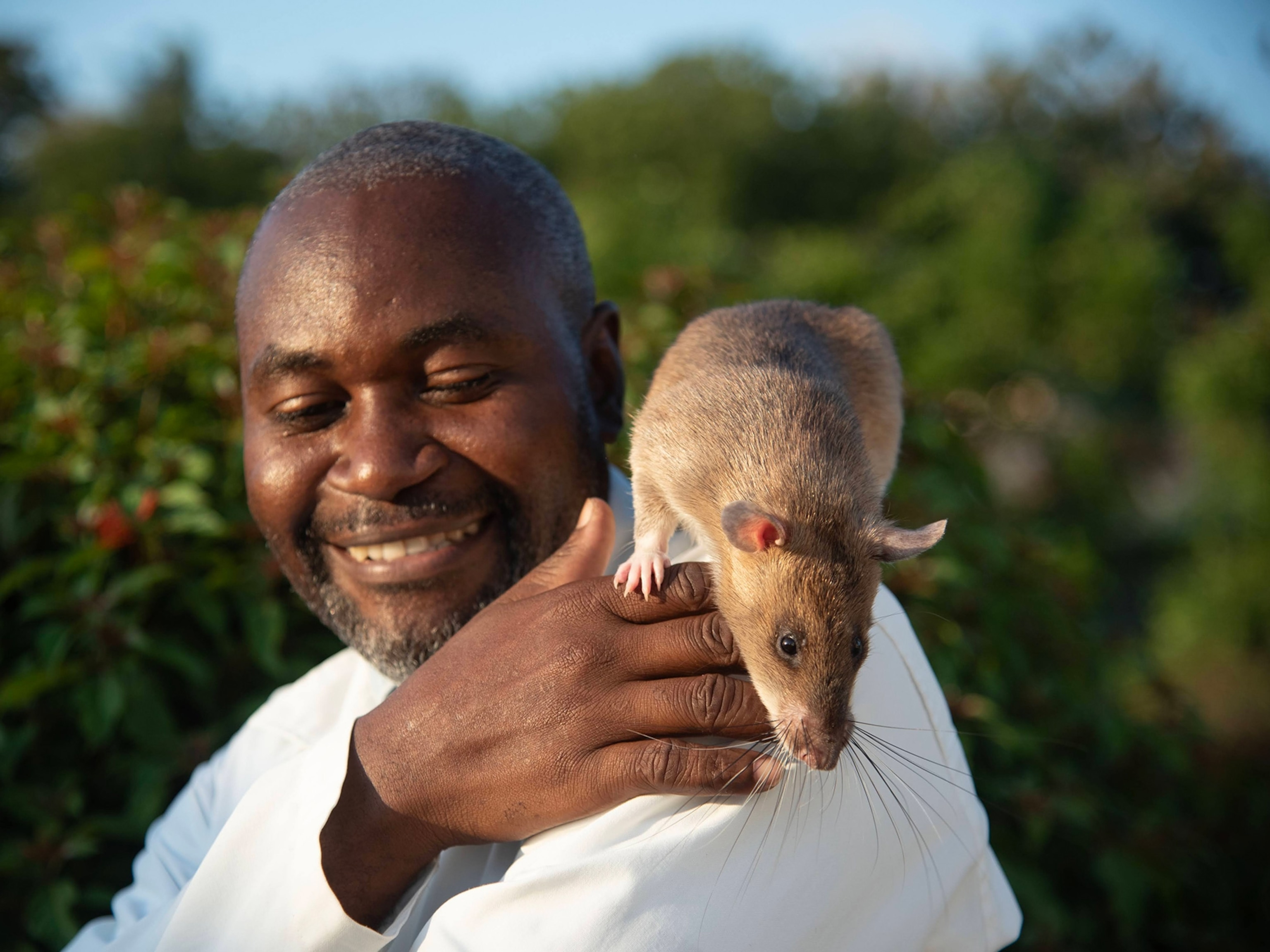
Rats avoid harming other rats. The finding may help us understand sociopaths.
Humans and rodents have similar brain structures that regulate empathy, suggesting the behavior is deeply rooted in mammal evolution.
It might be time to reconsider what it means to call someone a “rat.”
Previous research has shown the much-maligned rodents assist comrades in need, as well as remember individual rats that have helped them—and return the favor.
Now, a new study builds on this evidence of empathy, revealing that domestic rats will avoid harming other rats.
In the study, published March 5 in the journal Current Biology, rats were trained to pull levers to get a tasty sugar pellet. If the lever delivered a mild shock to a neighbor, several of the rats stopped pulling that lever and switched to another.
Harm aversion, as it's known, is a well-known human trait regulated by a part of the brain called the anterior cingulate cortex (ACC). Further experiments showed the ACC controls this behavior in rats, too. This is the first time scientists have found the ACC is necessary for harm aversion in a non-human species.
This likeness between human and rat brains is “super-exciting for two reasons,” says study co-author Christian Keysers, of the Netherlands Institute for Neuroscience. For one, it suggests that preventing harm to others is rooted deep in mammals' evolutionary history. (See what a rat looks like when it’s happy.)
What’s more, the finding could have a real impact on people suffering from psychiatric disorders such as psychopathy and sociopathy, whose anterior cingulate cortexes are impaired.
“We currently have no effective drugs to reduce violence in antisocial populations,” Keysers says, and figuring out how to increase such patients’ aversion to hurting others could be a powerful tool.
Human-like rats
For the first experiment, Keysers and his team trained 24 rats of both sexes to push two different levers that produced a treat, until the animals developed a preference for one lever. At that point, scientists changed the experiment so that when a rat pressed its favorite lever and got his candy, a neighboring rat would get a shock to the foot.
When nine of the rats heard their fellow rats squeak in protest, they immediately stopped pushing the preferred lever and switched to the less-preferred one, which still delivered candy.
The study rats showed a range of responses to the experiment, which surprised Keysers. For instance, one rats stopped using either of the levers once it registered the first shock, apparently distressed, and other rats seemed indifferent either way, he says. Such variability is “also exciting, suggesting that we might have similarities with individual differences in humans.”
Also like humans, rats had limits to their empathy. When the experiment was repeated with a reward of three candies, the rats that had previously switched levers and avoided harming their neighbors stopped doing so. (Discover why rats show regret.)
“I really thought that was amusing, but it also has the ring of honesty and truth to it,” says Peggy Mason, a neurobiologist at the University of Chicago who was not involved with the study.
For the second part of the experiment, Keysers and his team used anesthesia to temporarily numb the anterior cingulate cortexes of the rats who had showed harm aversion. Intriguingly, when the experiment was repeated, these numbed rats stopped helping their neighbors.
Selfish or altruistic?
Overall, the findings raise the question of whether the rats are being selfish—for example, trying to soothe themselves—or actually trying to help their neighbors.
The switchers are “getting a vicarious experience that is unpleasant for them,” Mason says. “We are fundamentally mammals in the same way that rats are, and so our motivations are probably not different.” (Read about the surprisingly humanlike ways animals feel pain.)
Jeffrey Mogil, a social neuroscientist at McGill University in Canada, agreed this is an intriguing debate. Are the rats “really being altruistic, or are they doing it to reduce their own suffering because they get anxious when they see another rat being shocked? By stopping, are they helping the other rat, are they helping themselves?”
It's a difficult question to answer, Keysers says, though he argues the reasons that people do good deeds are equally complex.
Whatever the motivation, he adds, it’s fascinating that the impulse to avoid hurting others is at least 93 million years old, which is when humans and rats diverged on the evolutionary tree. There are many other ways in which rats and humans are similar: For instance, like humans, rats get addicted to substances, such as cocaine; are aware of their own knowledge, a concept called metacognition; and exhibit violence when overcrowded. (Learn how scientists made a rat supersmart—by modifying a single gene.)
In a world so full of conflict, he adds says, “it is perhaps reassuring that there is something so ancient in our biology” that ultimately promotes peace.


